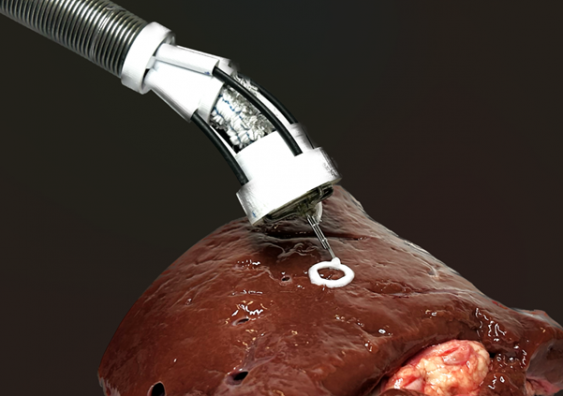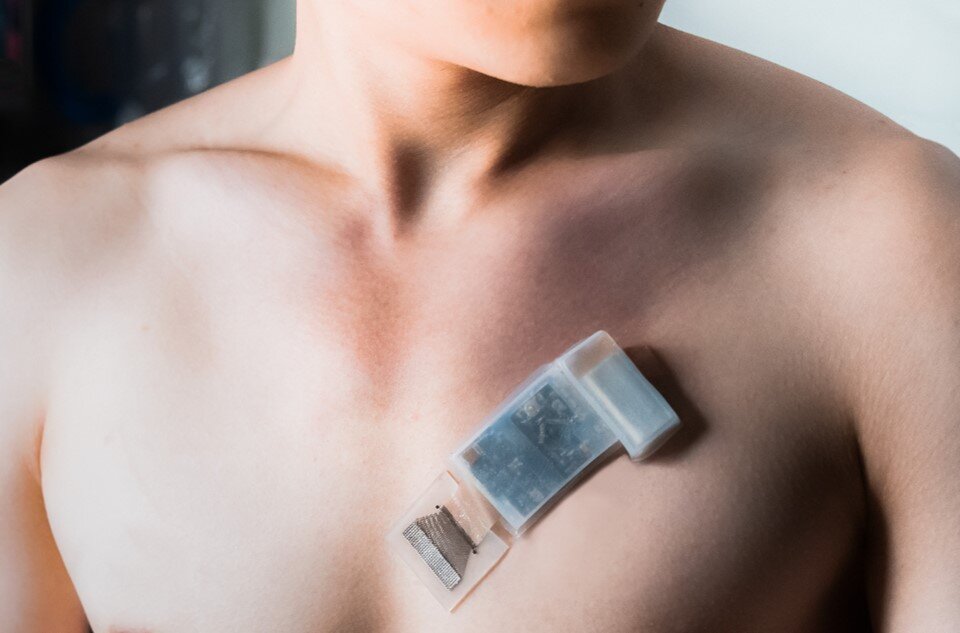Australian crew of ingenious engineers from the University of New South Wales have cooked up something sensational! They’ve developed a robotic arm for 3D printing materials directly on the surface of organs inside a living person’s body.
This futuristic contraption behaves much like an endoscope, sneaking its way to a precise spot inside the patient’s body. It then deposits layers of special biomaterial to rebuild tissue, heal wounds, and even perform precision incisions. They’re calling it a surgical Swiss Army knife, poised to transform the world of certain surgeries.
3D Printing’s Biomaterial Boom: A Medical Breakthrough
In recent years, 3D printing technology has seen a rise in creating biomaterials, combining living cells and drugs (known as bioinks), for treating various conditions such as cardiac or gastrointestinal issues. However, current bioprinting primarily serves research and drug development. It involves large 3D printers that create constructs to be surgically implanted, introducing potential risks like tissue damage and infection due to manual handling.
Additionally, there’s often a challenge in matching externally created 3D constructs with the tissue they’re implanted on. A promising solution to this lies in directly implanting biomaterials onto target tissues.
Streamlining Surgery: A Multi-Tool Marvel
UNSW engineers created a mini, flexible soft robotic arm that works like an endoscope, delivering biomaterials to organs and tissues. The engineering team has successfully tested a versatile robotic arm inside an artificial colon and on a pig’s kidney. However, it’s important to note that these tests were performed after removing the pig’s kidney.
But this ingenious robot isn’t just limited to bioprinting materials. The robot can 3D print and act as an “electric scalpel” to remove cancerous tissue. These tools can work together, streamlining surgeries and reducing infection risks. It’s a multi-tool marvel for surgeons!







